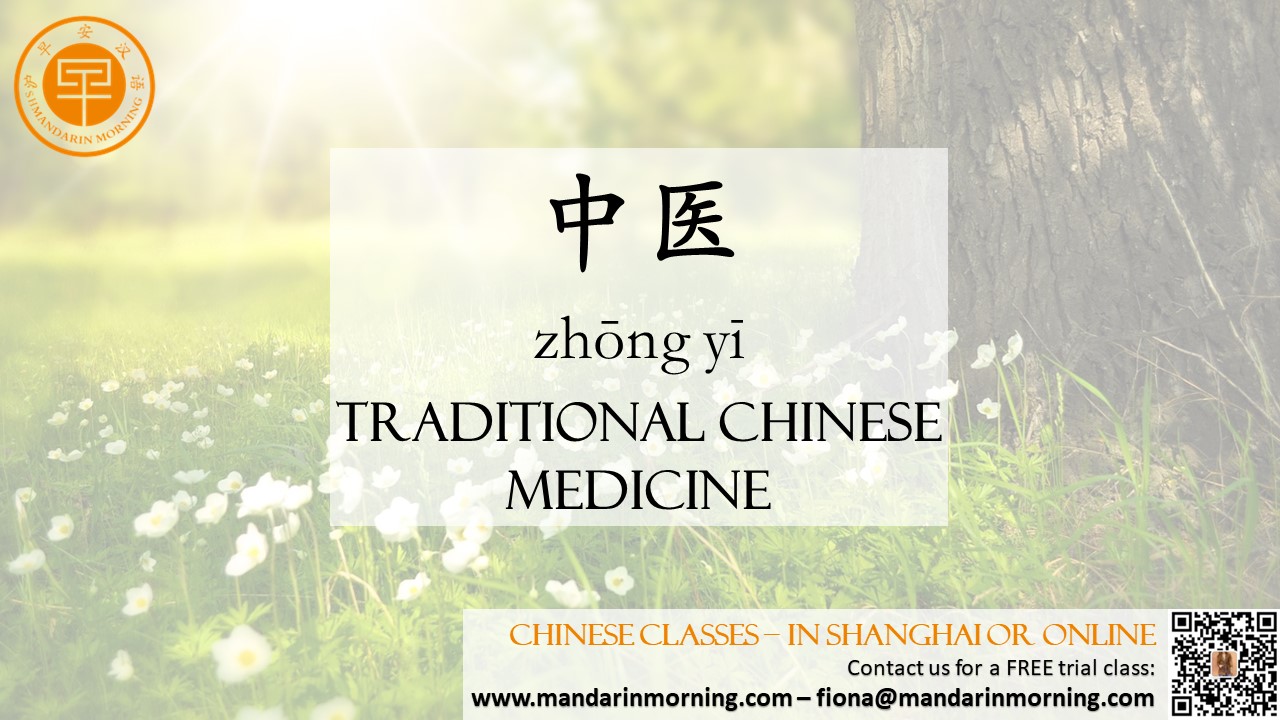Traditional Chinese Medicine (中医 zhōngyī), also called “TCM,” is an ancient system of traditional medicine developed in China over thousands of years. Following are common TCM treatments. Herbal medicines Chinese herbal medicines (中药 zhōngyào) are widely prescribed by TCM doctors. In most cases, patients are prescribed a mixture of various herbs which are boiled in water to make a tea-like brew. Thousands of different plant and animal species are used in TCM. Acupuncture Acupuncture (针灸 zhēnjiǔ) involves inserting thin needles into a patient’s body at specific points along the meridians in an effort to rebalance the flow of qi. One of the more popular TCM treatments outside of China, acupuncture is used to treat a variety of ailments from chronic pain to infertility. As with other Traditional Chinese Medicine practices, the debate continues concerning the effectiveness of acupuncture. Moxibustion Often used together with acupuncture, moxibustion (艾灸 àijiǔ) involves burning an herbal mixture either on an acupuncture needle or directly on strategic points on the patient’s body. The heat that results from the burning herbs is thought to facilitate the flow of qi along the meridians. Massage (tuina) Tuina (推拿 tuīná) is a special type of TCM treatment that combines massage and acupressure techniques. Practitioners apply strong, deep pressure to specific points along the meridians to help improve the flow of qi. Cupping Cupping therapy (拔罐 báguàn, also commonly referred to as 拔火罐 báhuǒguàn) involves placing inverted rounded cups onto the skin to enhance the flow of qi. Before placing the cups, practitioners usually burn a flammable substance inside them to create a vacuum effect, allowing the cups to stick tightly to the skin. When removed, the cups leave circular dark purple bruises that can take up to three weeks to disappear. Cupping is used to treat headaches, nasal congestion, and various other types of ailments and pain. Guasha Guasha (刮痧 guāshā) involves using a tool to apply pressure to and rub the skin in an attempt to increase the flow of qi and stagnated blood within the body. Guasha is often used to treat joint and muscle pain. Like cupping, this treatment leaves bruises on the skin which take some time to heal. Qigong and tai chi Slow, meditative martial arts-inspired exercises like qigong (气功 qìgōng) and tai chi (太极 tàijí, also called 太极拳 tàijíquán) require practitioners to engage in a series of movements paired with controlled breathing exercises. These practices are thought to promote health and help balance patients’ qi. |